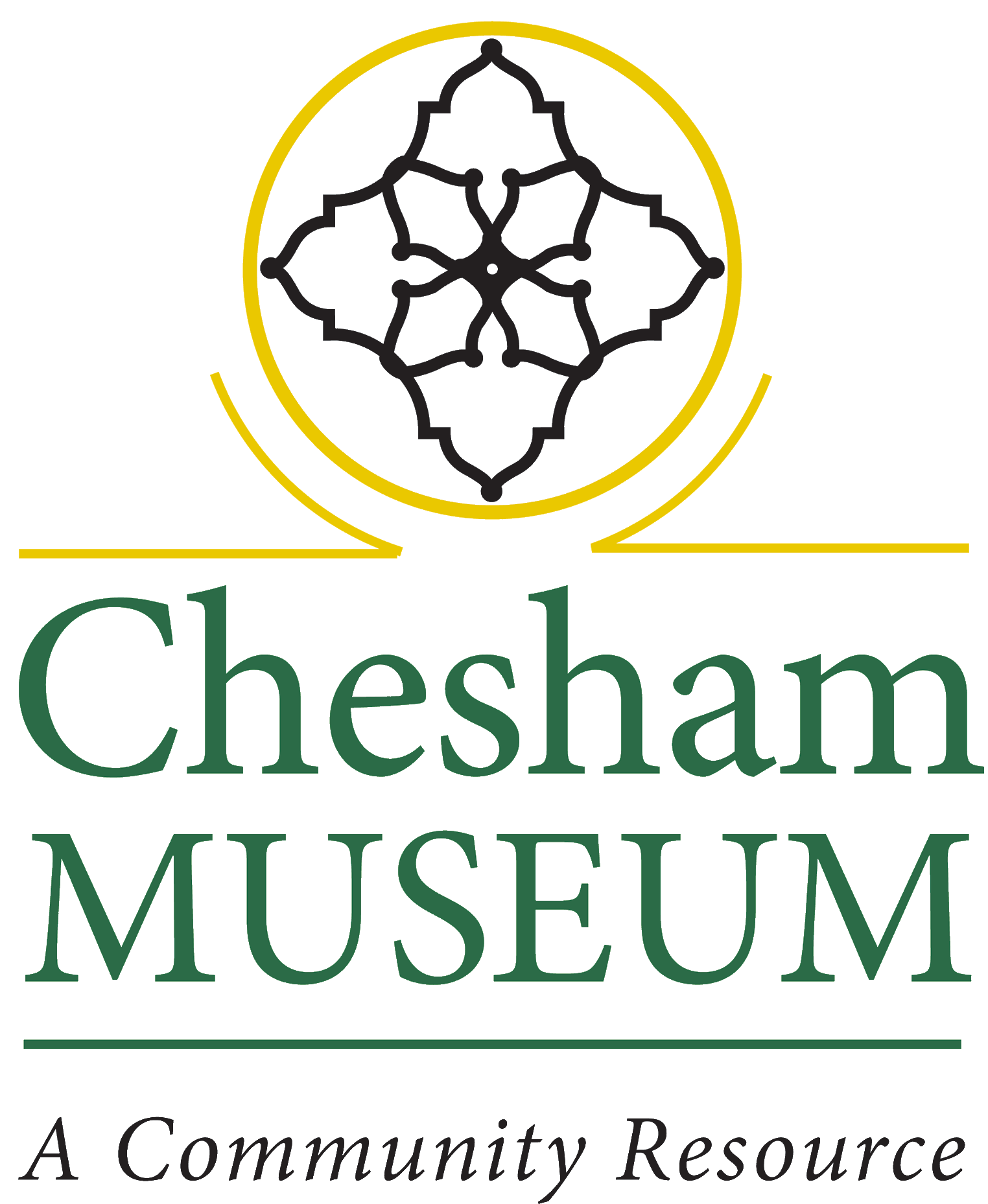Chesham Youth Hostel
Few people know that there used to be a Youth Hostel in Chesham. The Chesham hostel hosted Jewish refugees in the war. This is the story…
Youth hostels
The Youth Hostel Association (YHA) was established in England in 1930. The idea was to make the countryside available and affordable to stay in, for Britain’s growing young urban population.
Youth Hostels are typically used by individual walkers, cycling clubs, walking groups and young travellers from overseas. Despite its name, old people are welcome too.
The network of Youth Hostels grew in the 1930s with over 200 by 1939. In 1935, a national office was opened in Welwyn Garden City. All hostels provided accommodation in single-sex dormitories, usually with bunk beds. Each hostel had a warden on site, and travellers had to muck in with cleaning duties. Travellers met up with other fellow hostellers in the common room. The ethos continues today.
Hostels in the Chilterns
Since the beginning the Chiltern Hills were an area where hostels were established. The oldest ones in Bucks were established at Jordans and at Amersham in 1933. Then there were hostels opened in 1934 at Saunderton (closed in 1937) and Chesham.
In 1937 hostels were opened at Speen (closed 1954), and in a former brewery in Ivinghoe (closed 2007). In 1942 hostels were opened at Chalfont St Giles (closed 1943) and Wheeler End (closed 1946). The only one still functioning in south Bucks is at Jordans.
Amersham Youth Hostel
The youth hostel at Amersham was briefly open from 1933 to 1934. It was in a school building at St Hilda’s School in Parkfield Avenue in Amersham-on-the-Hill. St Hilda’s was a Parents’ National Education Union (P.N.E.U.) private school for girls which started in about 1925. From 1935 St Hilda’s was known as the Chiltern School. Amersham Youth Hostel was replaced by a new youth hostel in Chesham.
Chesham Youth Hostel

The hostel at Chesham was opened in November 1934, at a specially built bungalow. It was named Colwyn, which is a river in north Wales, and was at 331, Chartridge Lane in Chesham. The warden was Mr L. Colin, which maybe how the house got its name.
By August 1935 it had been used by 400 people. It had double-decker bunkbeds in the sleeping rooms, washbasins, with cooking facilities, which were upgraded in 1937.
Use as a refugee hostel
In 1939, Chesham Refugee Fund were looking for properties to house refugees in. There were many refugees, who were mainly Jewish, in Chesham. Chesham Youth Hostel became a refugee hostel, and housed mainly the Angyalfi family.
Imre Miklos Angyalfi was from Hungary. He was unable to study in Hungary due to the quota discrimination against Jews at the time, and applied to study at the London School of Economics from 1928, and lived at Tutnell Cottage, 43 Chesham Roam, Amersham.
After graduating in 1932, he returned to Budapest, where he met Charlotte (Lotte) Rosenbaum, who was fleeing persecution in Germany. They came to London, where they married in 1935 and lived in Edgeware. In 1939, when Chesham Youth Hostel became a refugee hostel, they were evacuated there. The building re-opened as a youth hostel by April 1940, when the Angyalfi family moved to Little Intaglio, Chartridge Lane, Chesham.
Closure in 1945
One report in 1945 described the youth hostel as “pleasantly situated near the village of Chartridge and commands a fine view to the north over country which is well served with quiet lanes and footpaths.” It closed at the end of 1945. It then reverted to being a residential bungalow, still called Colwyn. Later the house was extended.
However, in 2019 it was demolished, and now since 2020, two new houses are now on the site, but one still has the name Colwyn.
This blog is a modified form of an article which was first published in the pages of the Bucks Free Press, Amersham and Chesham edition, on February 28, 2020.


